Prepared by Ted Gentry
September 2012
Avoiding Pitfalls in Overtime Calculations
An employer’s failure to follow the overtime pay requirements of the Fair Labor Standards Act (“FLSA”) can be costly and result in lawsuits, fines and possibly criminal prosecution. The FLSA requires that a non-exempt employee receive overtime pay for hours worked in excess of 40 in a workweek at a rate not less than 1.5 times the employee’s regular rate of pay. For a breakdown of how that should relate to your overtime practices, as well as an optional method of calculating payment for overtime (the fluctuating workweek), please refer to the article on Breakdown of FLSA Requirements of Overtime Pay on the Wyche website.
Focus Continues on Misclassification of Independent Contractors
The initiative launched one year ago by the Department of Labor and Internal Revenue Service to coordinate enforcement efforts related to the misclassification of independent contractors continues to gain momentum. To date, 13 states have signed a Memorandum of Understanding with the agencies to share information to reduce the incidence of misclassification of employees, help reduce the tax gap and improve compliance with federal labor laws. There is heightened awareness on the state level as well — legislation related to misclassification of independent contractors is pending or has passed in many states, while other states, such as North Carolina, have established a task force to address misclassification.
For more information on how to properly classify employees, see our previous article on the Wyche website. You may also want to access the DOL’s ELaws Advisor, which was designed to help classify employees correctly.
*****
If you have any questions about these or other workplace law topics, please contact Ted Gentry.
This update is provided by Wyche for educational and informational purposes only and is not intended and should not be construed as legal advice.






